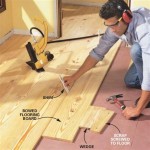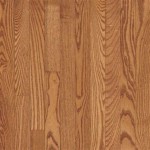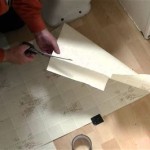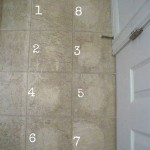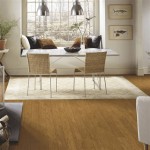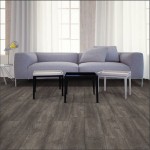Flooring Transition Ideas: Seamlessly Connecting Different Spaces
Transitions between flooring materials are crucial for maintaining a cohesive and visually appealing home design. Here are essential aspects to consider when implementing flooring transition ideas:Material Compatibility:
Choose transition materials compatible with both flooring surfaces. For example, a wood-to-carpet transition may require a carpet-to-hardwood adapter to ensure a flush and seamless connection.Style and Profile:
Select a transition that complements the style and profile of both flooring materials. For instance, a square-edge transition works well for modern or contemporary designs, while a beveled transition suits traditional or rustic styles.Level Differences:
Transitions should compensate for any level differences between flooring surfaces. opt for transitions that allow for vertical adjustments, such as T-molds or reducers, to create a smooth and even transition.Traffic and Durability:
Consider the amount of traffic the transition will experience. For high-traffic areas, choose durable materials like metal or hardwood. For less trafficked areas, plastic or cork transitions may suffice.Width and Gap Coverage:
Determine the necessary width of the transition based on the gap between flooring materials. Ensure the transition covers the entire gap to prevent any tripping hazards or dirt accumulation.Installation:
Follow the manufacturer's instructions carefully during installation. Use appropriate tools and techniques to ensure a secure and long-lasting connection. Some transitions require professional installation for optimal results.Additional Considerations:
Consider aesthetic factors like color and finish when choosing a transition. Match or contrast the transition with the flooring surfaces to create a cohesive or accentuating effect, respectively.Versatility:
Opt for transitions that can be used in various applications. For example, a multi-surface transition can connect different types of flooring or thresholds between rooms.Final Touches:
After installing the transition, inspect the connection for any gaps or imperfections. Use caulk or a sealant to fill in any gaps and enhance the overall appearance. By carefully considering these essential aspects, you can create seamless flooring transitions that enhance the functionality and aesthetics of your home design.
47 Floor Transition Ideas Make Your Way From One Area To The Next Flooring Wood Floors Kitchen

Floor Transition Ideas Expert Advice Craftedforlife

20 Great Examples Of Transitions In Flooring
:strip_icc()/cdn.cliqueinc.com__cache__posts__197136__this-jaw-dropping-home-decor-trend-will-dominate-pinterest-1829237-1467898610.700x0c-87daaba1c5a749dd94877a7bb225cd00.jpg?strip=all)
Our Favorite New Trend Contrast Floors

23 Floor Transition Ideas Sebring Design Build Trends Tile To Wood Flooring

Floor Transition Ideas Expert Advice Craftedforlife

15 Floor Transition Ideas For Your Entryway Shelterness

70 Stunning Tile To Wood Floor Transition Ideas Mutfak Zemi Ni Fayans Döşeme Ahşap

Tile To Wood Transition Mix Your Flooring Materials Builddirect

23 Floor Transition Ideas Sebring Design Build Trends Dining Room Kitchen To Living
Related Posts


